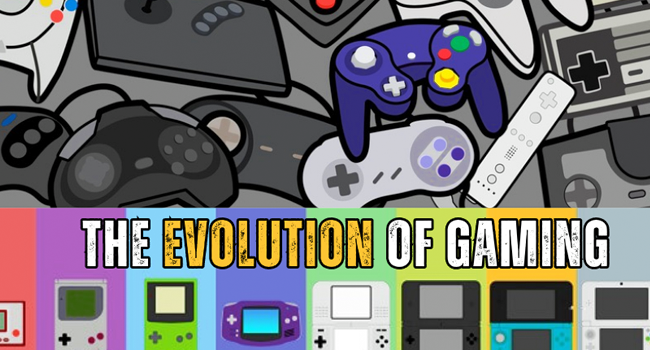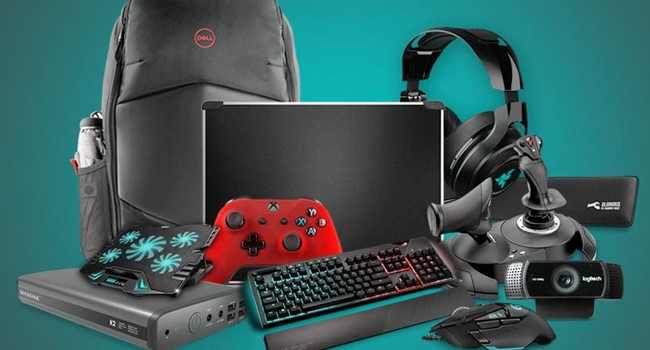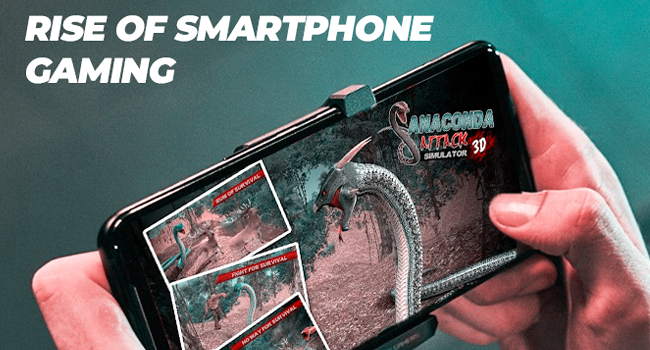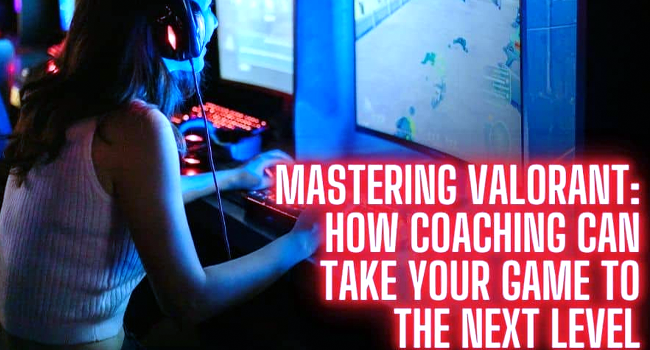The History of Gaming: From Pong to Virtual Reality and Beyond

Gaming has come a long way since the days of Pong, evolving into a multi-billion-dollar industry that has changed the way we interact with technology and entertainment. In this article, we’ll take a journey through the history of gaming, exploring its evolution from simple, pixelated games to immersive virtual reality experiences.
The Birth of Gaming
Gaming’s roots can be traced back to the early 1950s when computer scientists and engineers started experimenting with basic electronic games. These games were rudimentary by today’s standards but laid the foundation for what would become the gaming industry.
Pong: The Game Changer
One of the pivotal moments in gaming history was the release of Pong in 1972. Developed by Atari, Pong was a simplified table tennis simulation that became a sensation, marking the birth of the gaming industry. It featured two paddles and a bouncing ball, captivating players and setting the stage for what was to come.
The Rise of Home Consoles
The late 1970s and early 1980s saw the emergence of home gaming consoles like the Atari 2600 and the Nintendo Entertainment System (NES). These devices brought the gaming experience into people’s homes, forever changing the way we played games.
The Video Game Crash
The gaming industry was facing a severe crisis at the beginning of the 1980s. The “Video Game Crash of 1983” was caused by the overabundance of subpar video games. It was only a temporary setback, but it seemed like the end of gaming.
The Resurgence of Gaming
The release of classic games like Super Mario Bros. and The Legend of Zelda contributed to the gaming industry’s comeback in the middle of the 1980s. These games rekindled players’ interest and paved the way for the modern era of gaming.
The Advent of 3D Graphics
The 1990s brought a significant shift in gaming with the introduction of 3D graphics. Games like Doom and Quake provided players with a more immersive and visually appealing experience.
The Rise of Online Gaming
Online gaming started to gain popularity in the late 1990s and early 2000s as access to the internet increased. Titles like World of Warcraft and Counter-Strike revolutionized the gaming world by allowing players to connect and compete globally.
The Mobile Gaming Revolution
The mid-2000s witnessed the rise of mobile gaming, thanks to smartphones and app stores. Mobile gaming’s potential was demonstrated by the success of titles like Candy Crush Saga and Angry Birds, which became global phenomena.
Virtual Reality: A New Frontier
In recent years, virtual reality (V.R.) has emerged as the next big thing in gaming. Devices like the Oculus Rift and PlayStation V.R. have allowed players to step into virtual worlds, providing an unprecedented level of immersion.
The Future of Gaming
Gaming continues to evolve rapidly, with advancements in augmented reality, cloud gaming, and artificial intelligence. The future promises even more exciting and immersive experiences for gamers worldwide.
The Impact of Esports
Competitive video gaming, or esports, has grown to be a big deal in the gaming business. What began as local competitions and LAN parties has grown into a global phenomenon. Esports tournaments now fill stadiums, and professional gamers have become celebrities. Esports have become a popular type of entertainment thanks in big part to games like League of Legends, Dota 2, and Overwatch.
Gaming and Social Interaction
One of the most remarkable aspects of gaming is its ability to bring people together. Online multiplayer games have created virtual communities where players can cooperate, compete, and form friendships. This social aspect of gaming has evolved from early chatrooms to sophisticated in-game communication, allowing players from around the world to connect.
The Artistry of Game Design
Gaming has also become a platform for artistic expression. Game designers, artists, and musicians collaborate to create visually stunning and emotionally resonant experiences. Titles like “Journey” and “The Last of Us” have blurred the line between video games and art, further legitimizing gaming as a medium for storytelling and creativity.
Gaming Beyond Entertainment
Beyond entertainment, gaming has found applications in education, training, and therapy. Gamification is a popular approach in education, making learning more engaging and interactive. In the medical field, virtual reality is used for pain management, and simulations help train professionals. Gaming is no longer confined to leisure; it’s a versatile tool with real-world impact.
The Role of Streaming and Content Creation
Gamers, known as streamers, broadcast their gameplay live, engaging with their audiences in real time. This phenomenon has transformed gaming into a spectator sport, and streamers have millions of fans worldwide.
The Challenges of Gaming
While gaming has come a long way, it still needs its challenges. Concerns about addiction, screen time, and the impact on mental health have been raised. Game developers face pressure to address these issues responsibly, ensuring that gaming remains a positive and healthy form of entertainment.
Conclusion
From the very beginnings of Pong to the immersive worlds of virtual reality, the history of gaming is a testament to human innovation and our insatiable desire for interactive entertainment. The gaming industry’s journey has been filled with ups and downs, but it’s clear that it’s here to stay, shaping the future of entertainment.
FAQs
1. What was the first-ever video game?
The first video game, which is often considered to be “Tennis for Two,” was created in 1958 by physicist William Higinbotham. However, “Pong” is the game that genuinely popularized the medium in 1972.
2. Which game caused the Video Game Crash of 1983?
The Video Game Crash of 1983 was primarily caused by a saturation of low-quality games and a lack of consumer confidence. Games like E.T. the Extra-Terrestrial for the Atari 2600 contributed to the crash.
3. When did virtual reality gaming become popular?
With the introduction of gadgets like the Oculus Rift and PlayStation V.R., which provided a more immersive gaming experience, virtual reality gaming gained popularity in the 2010s.
4. What is the most popular gaming platform today?
The most popular gaming platform today is a matter of personal preference. Options include:
- P.C. gaming.
- Console gaming (e.g., PlayStation, Xbox).
- Mobile gaming (on smartphones and tablets).
5. What can we expect from the future of gaming?
The future of gaming holds promises of enhanced graphics, more realistic experiences, and innovative gameplay technologies like augmented reality and artificial intelligence.
6. What is the most popular esports game?
Global Offensive is one of the most well-known games in the competitive gaming business, while the popularity of esports games varies.
7. Can gaming improve cognitive skills?
Yes, gaming can improve cognitive skills such as problem-solving, spatial awareness, and hand-eye coordination. Some educational games are designed specifically for this purpose.
8. How has virtual reality changed the gaming experience?
Virtual reality has enhanced gaming by providing a more immersive experience. Players can feel like they’re inside the game world, offering a new level of realism and interactivity.
9. Are there any famous game developers or designers?
Yes, many game developers and designers are celebrated in the industry. Names like Shigeru Miyamoto (Nintendo), Hideo Kojima (Metal Gear Solid), and Tim Schafer (Psychonauts) are well-known for their contributions to gaming.
10. Is gaming a good career choice?
Gaming can be a viable career choice, especially in esports, game development, and content creation. It requires dedication, talent, and hard work, but it’s possible to make a living in the gaming industry.






